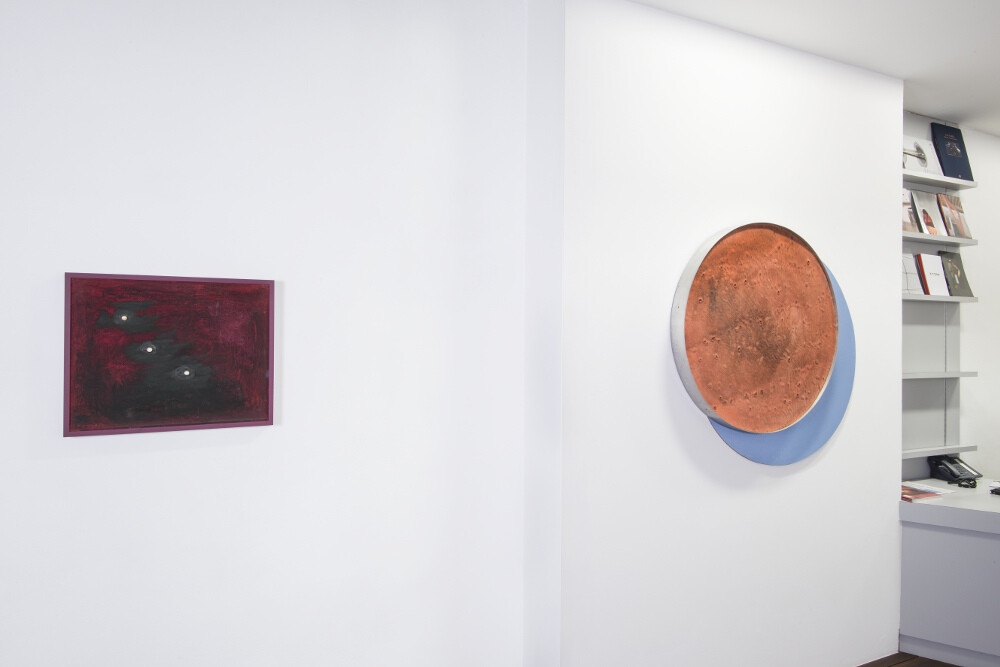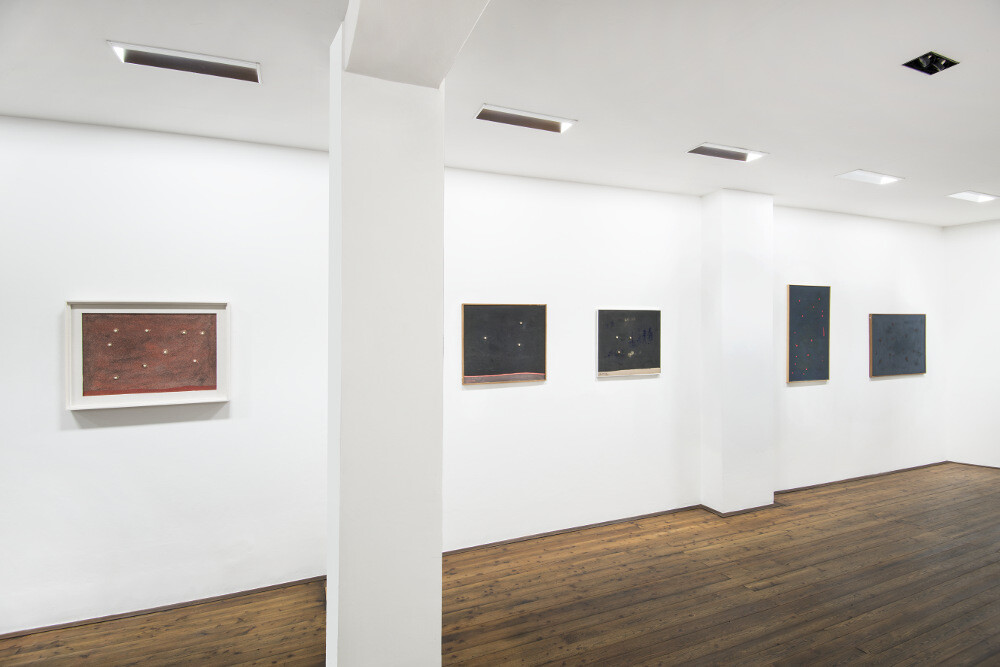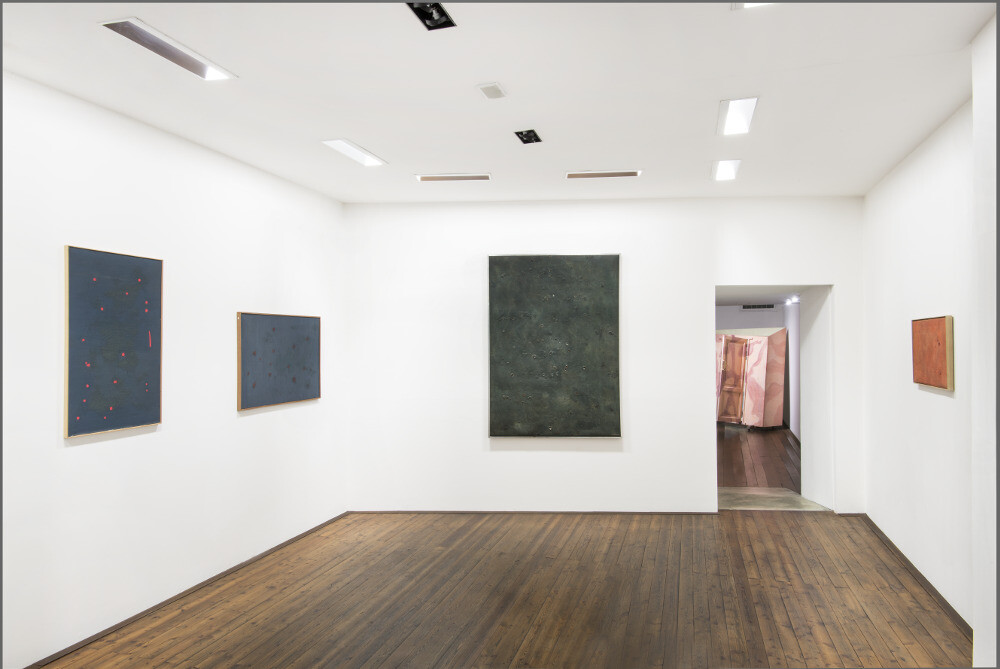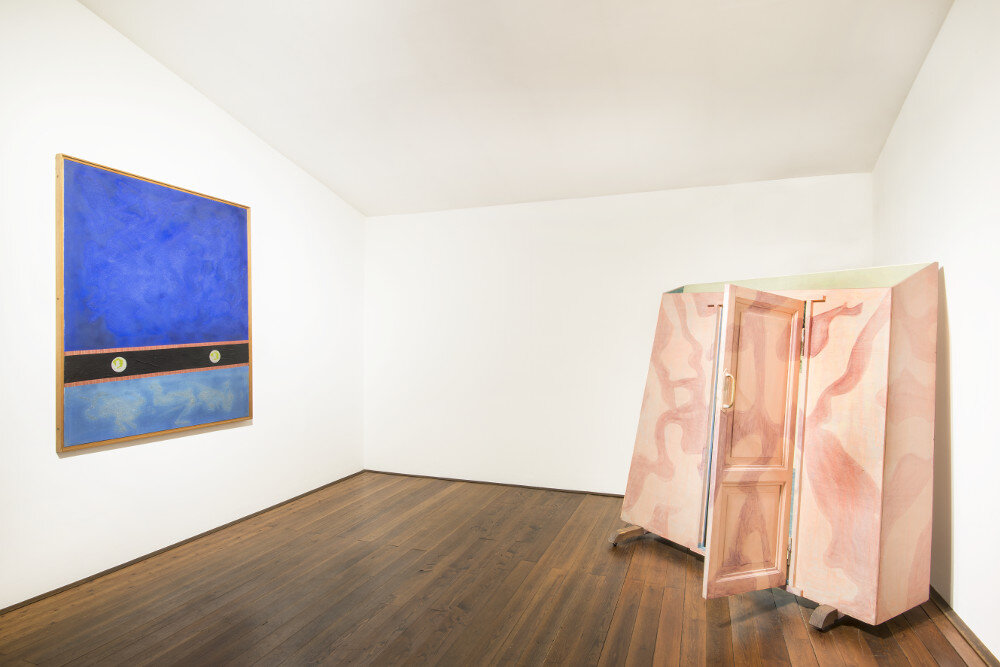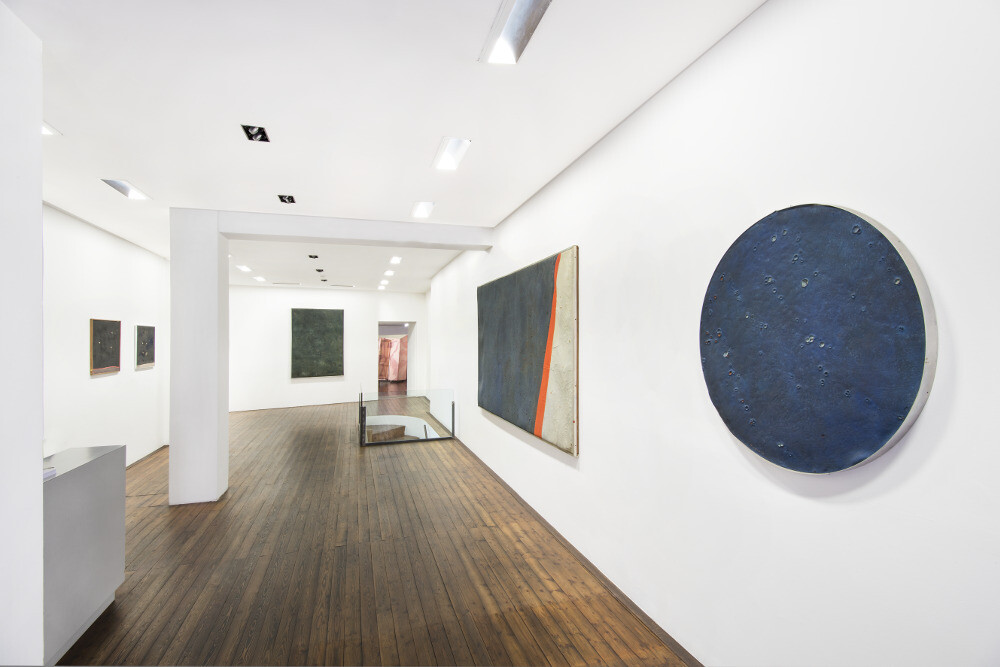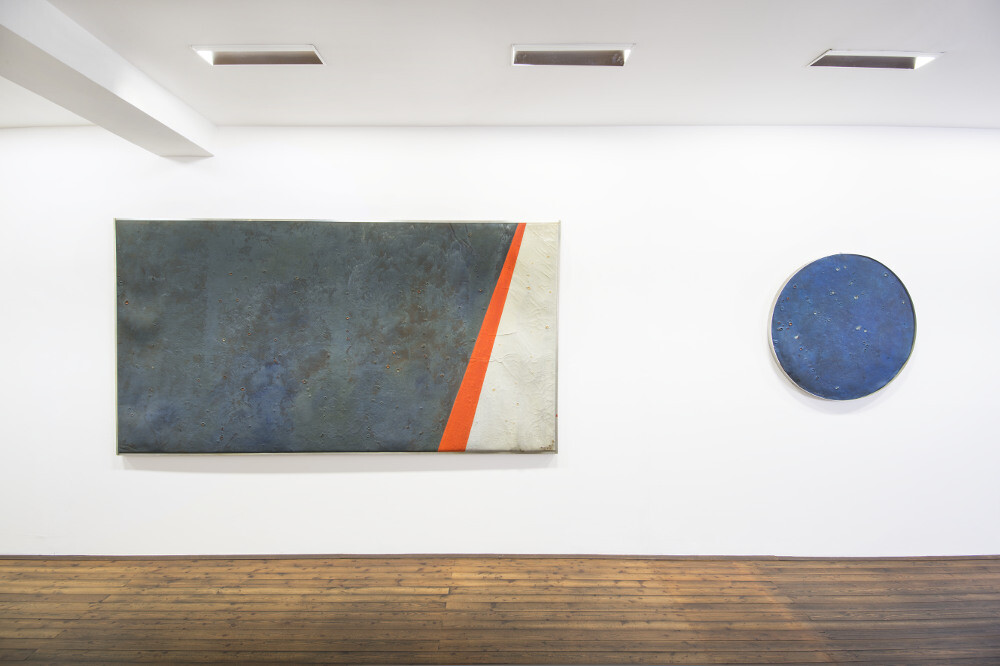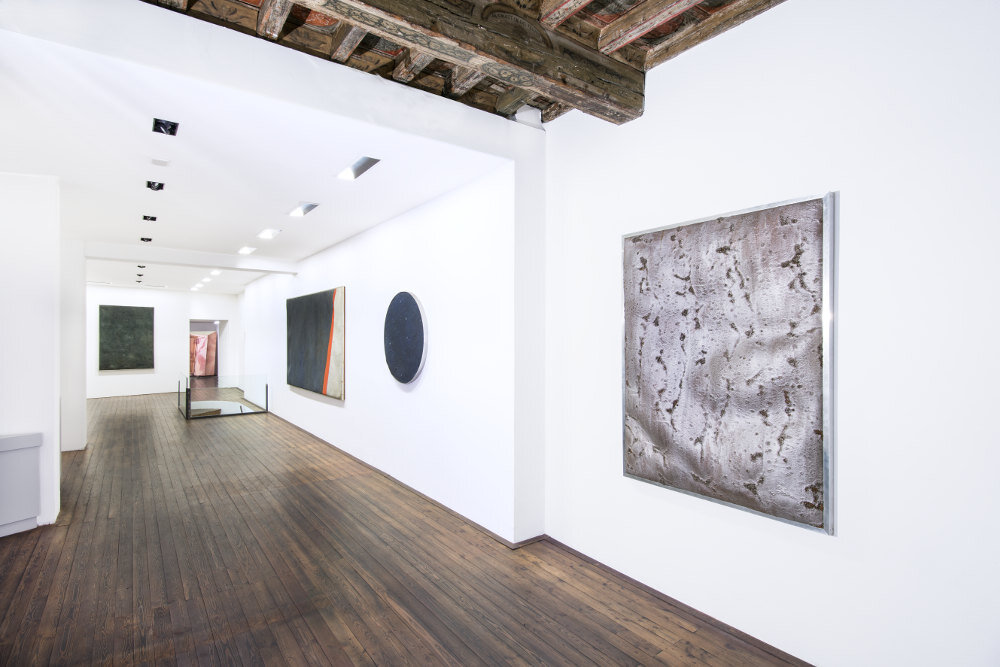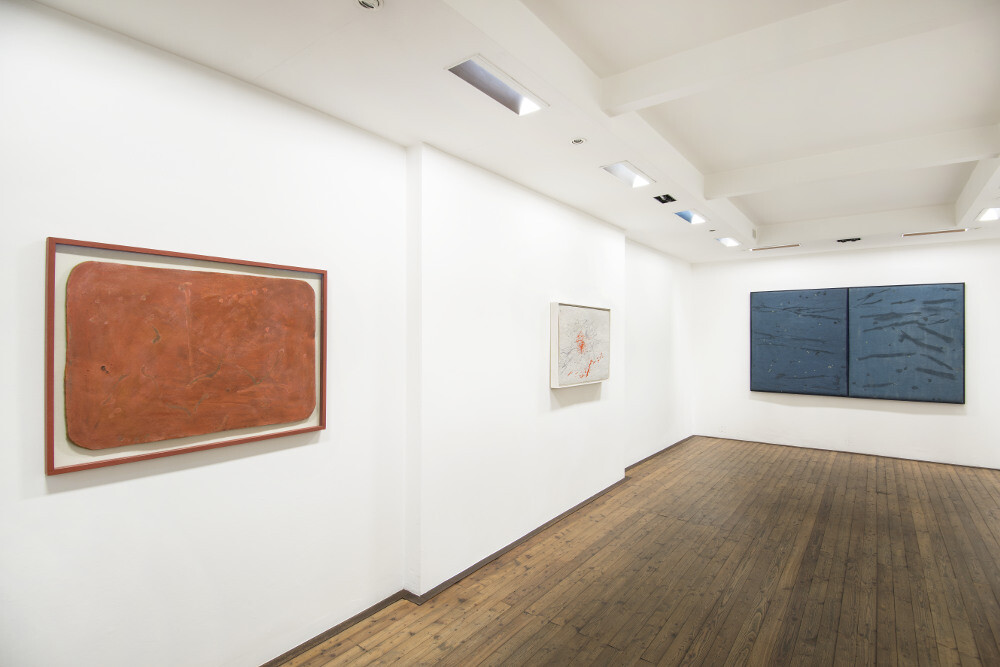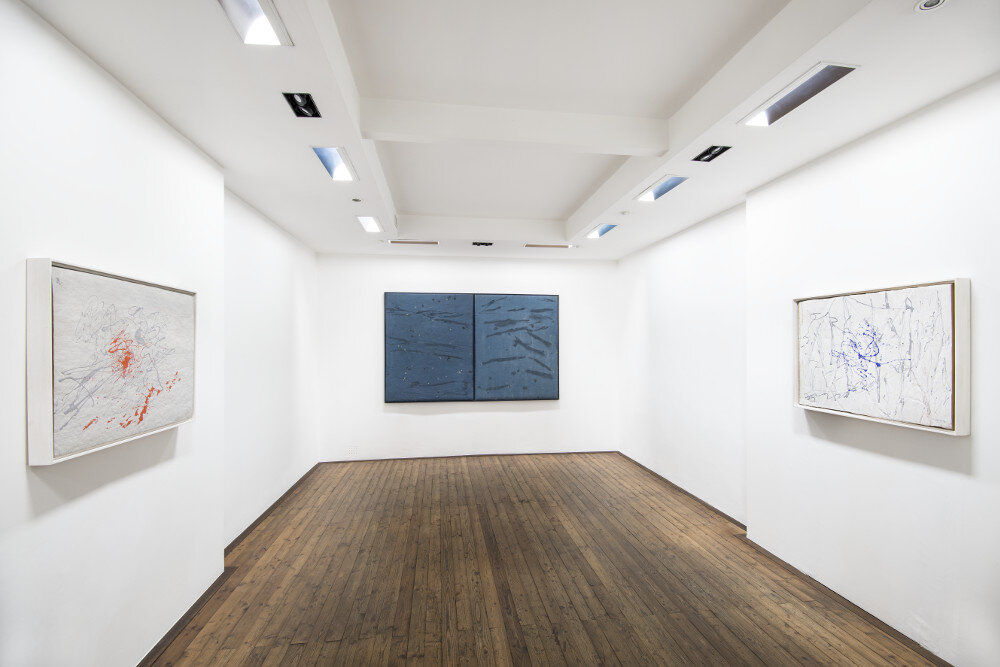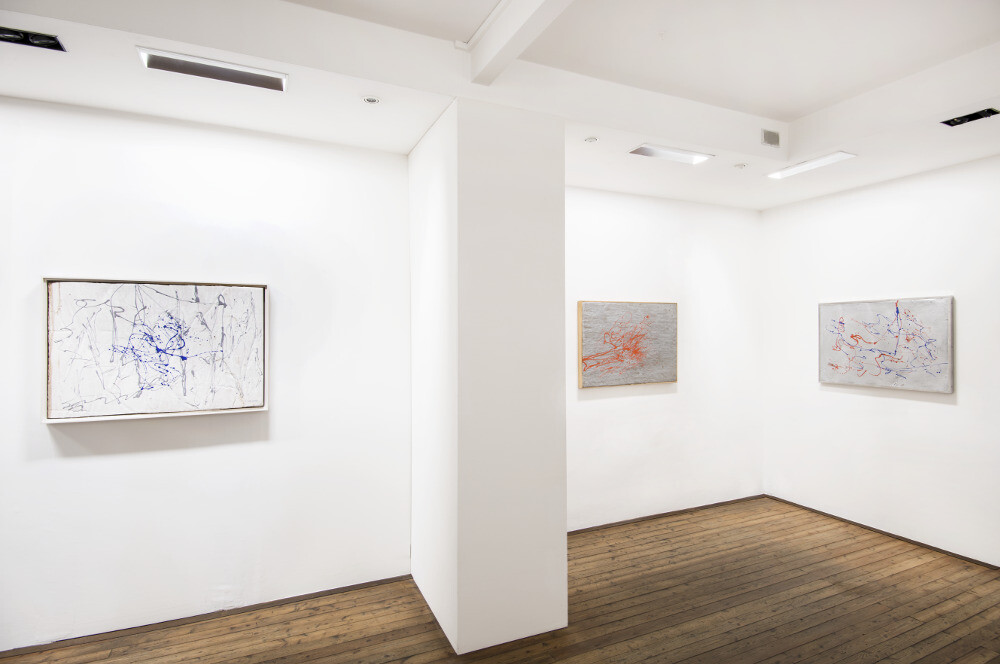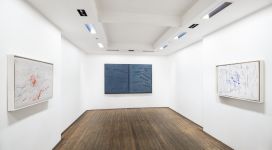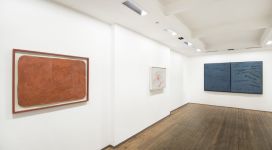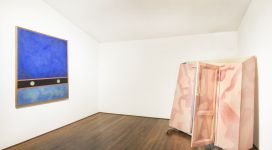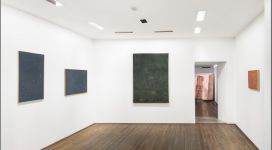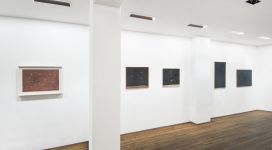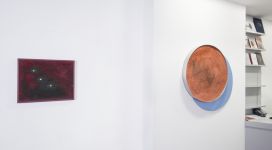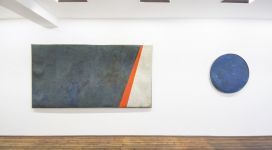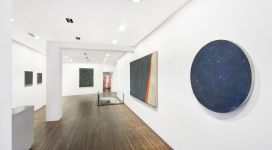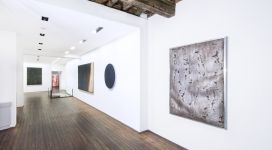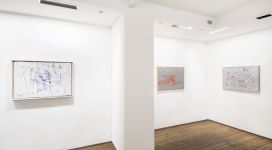| GIULIO TURCATO | Biography | |
| Inventare spazi | Catalog | |
| curated by WALTER GUADAGNINI | ||
| 13 january – 14 april 2017 |
Galleria Il Ponte and Galleria Milano in Milan, in collaboration with Paola De Angelis, present Inventare spazi [Inventing Spaces], an exhibition dedicated to Giulio Turcato (Mantua, 1912 – Rome, 1995), untiring painter considered one of the greatest exponents of Italian abstract and informel art. Among the promoters of the Art Club (1945) and Forma I (1947), the Fronte Nuovo delle Arti, Gruppo degli Otto (1950) and Continuità (1960), during his long and fertile career, Turcato boasted a vast number of shows at the greatest institutions and galleries in Italy and abroad.
This solo exhibition fundamentally shows two series of works: the Tranquillanti [Tranquilizers], from 1961 and the Superfici lunari [Moon Surfaces] made as of 1964 and exhibited in 1966 at the Venice Biennale. Almost introduced by the two Superfici malate [Diseased Surfaces] from 1957 and 1961, with their taches on the monochrome surface, the lounge room instead presents La porta [The Door], sculpture from 1973, five works on paper from 1961, and Ricordo di New York [Memory of New York] from 1963.
The Tranquillanti compositions – paintings and collages of tranquilizer pills on canvas – caused a sensation when they made their first appearance at Galleria Il Canale in Venice in 1961. The pills create an element that punctuates the space, resembling a galaxy. This dreamlike place however regains its true identity through the inclusion of everyday objects, “symptom of [Turcato’s] extraordinary capacity to live his time through those everyday situations of meeting people, being an artist in the midst of others, which […] is also reflected in the very realization of the painting itself” (W. Guadagnini in the exhibition catalogue).
The Superfici lunari, presented at the 1966 Biennale, definitively assert the originality of the artist, fascinated by the conquest of space and its myths. Oil painting and mixed techniques are set out on a surface of foam rubber, an audacious choice justified by the artist as follows: “I use rubber because its uneven crust is full of new happenings and wonder. Besides, on other occasions I used tar and other materials, as well as tranquilizers. My stylistic research is headed towards a new colour, starting from the principle that brown and amaranth are two colours outside the spectrum” (G. Turcato, Sulle “Superfici lunari”, in G. De Marchis, Turcato, Prearo, Milan 1971).
Turcato works for pure colour, made to shine by the light in its humble, fascinating reality. So the surface becomes a place of constellations and imaginary astronomical maps, reminding us that beauty resides in everyday objects and in the simple material itself, albeit uneven and testimony to individual torments.
